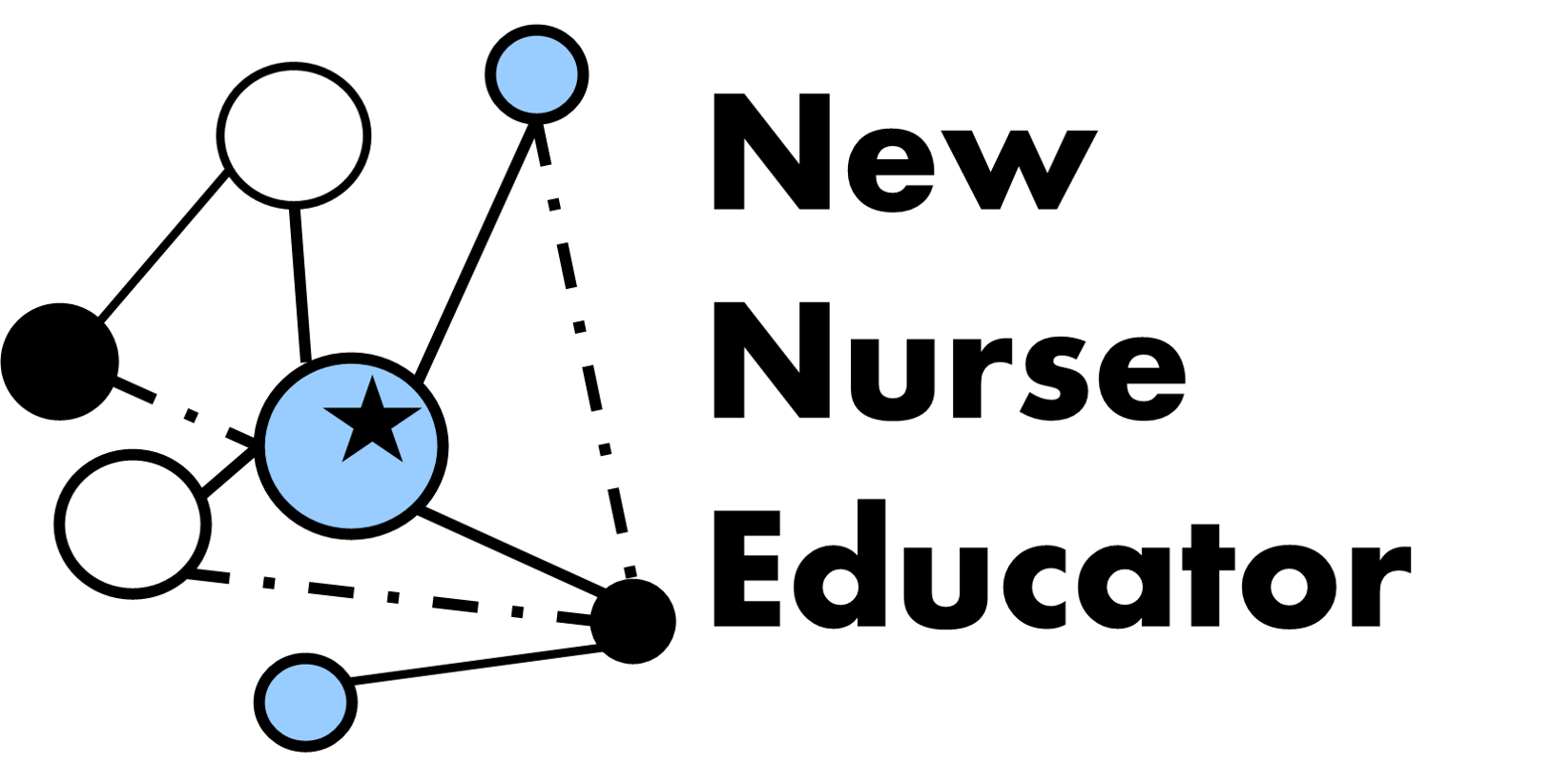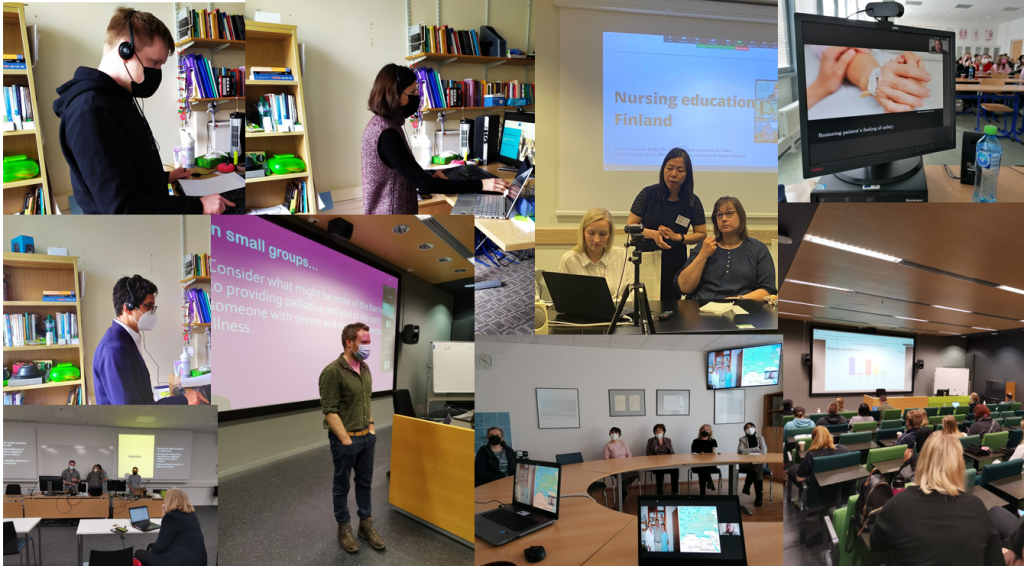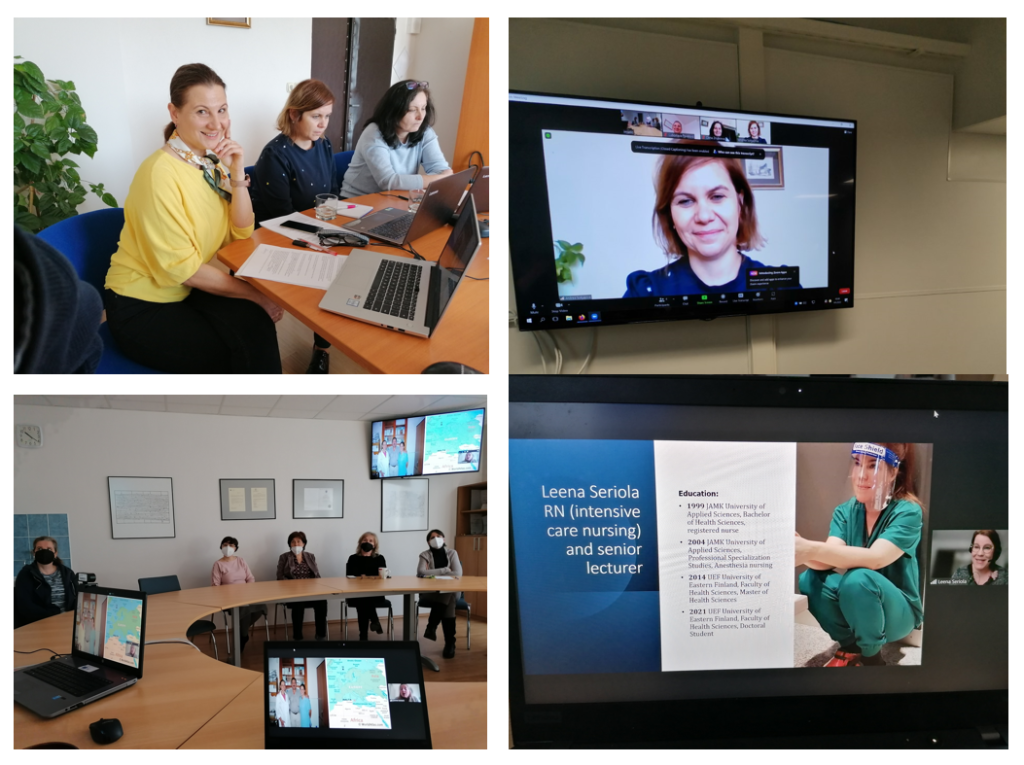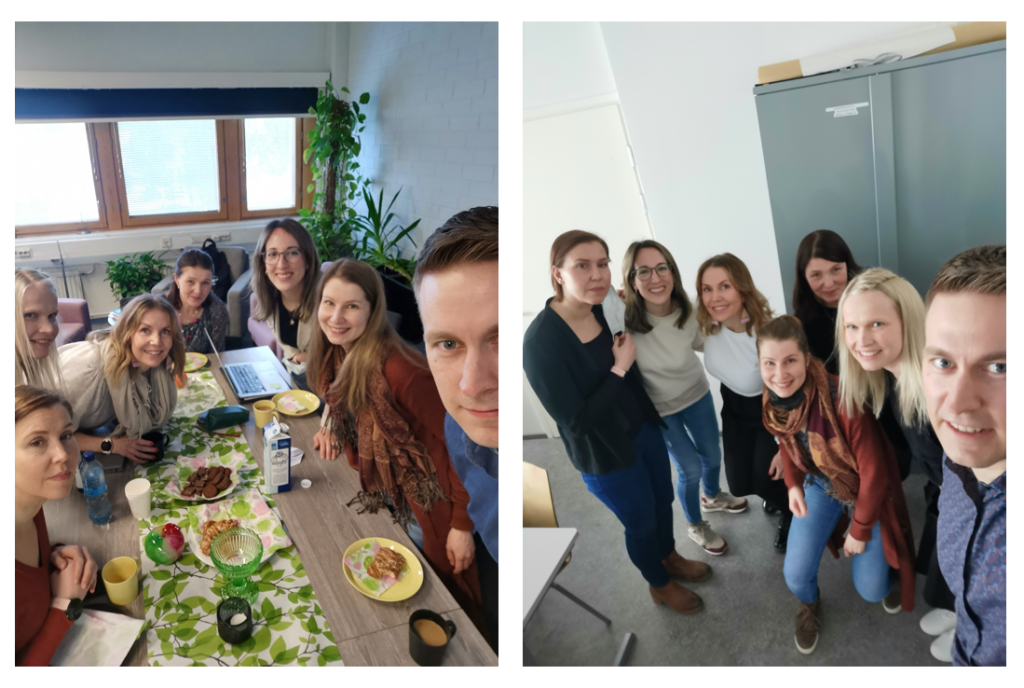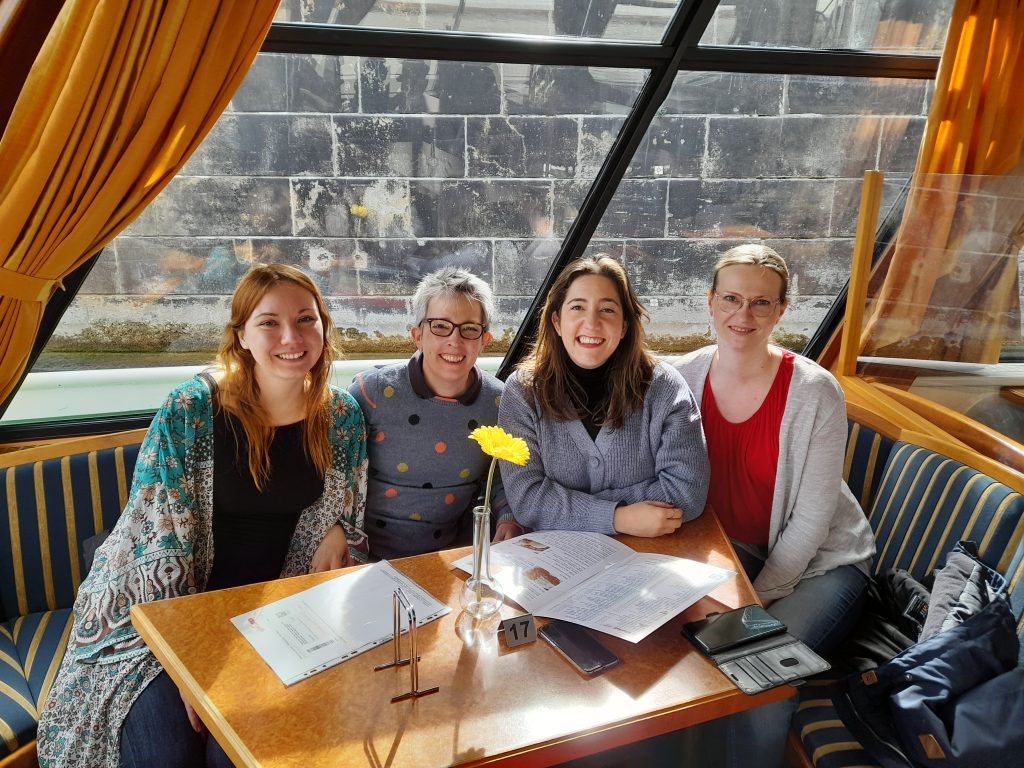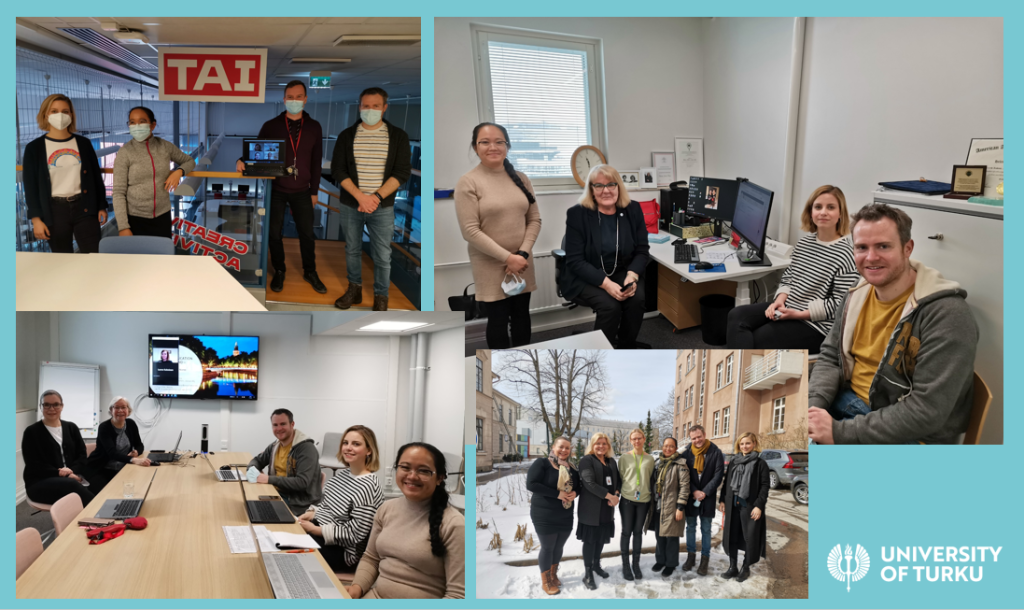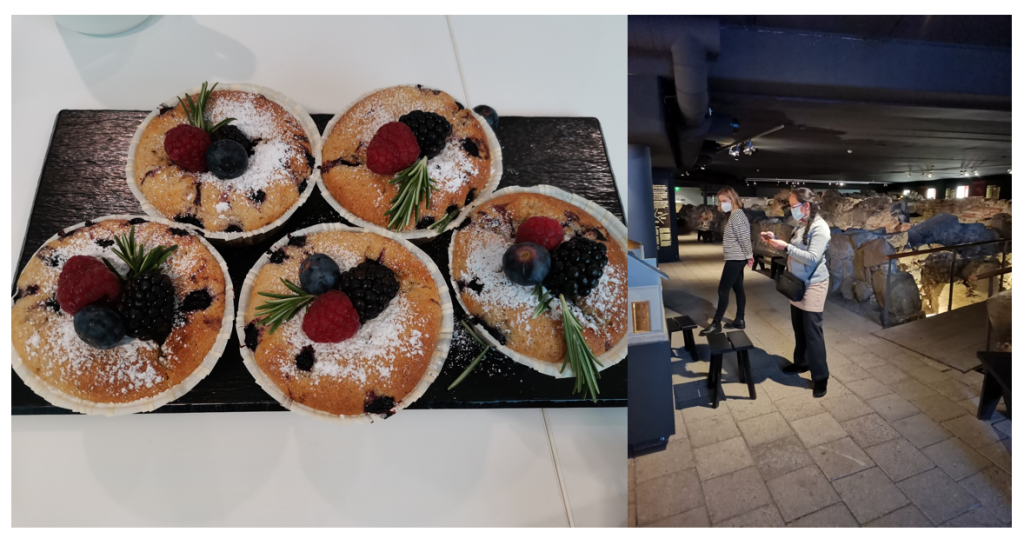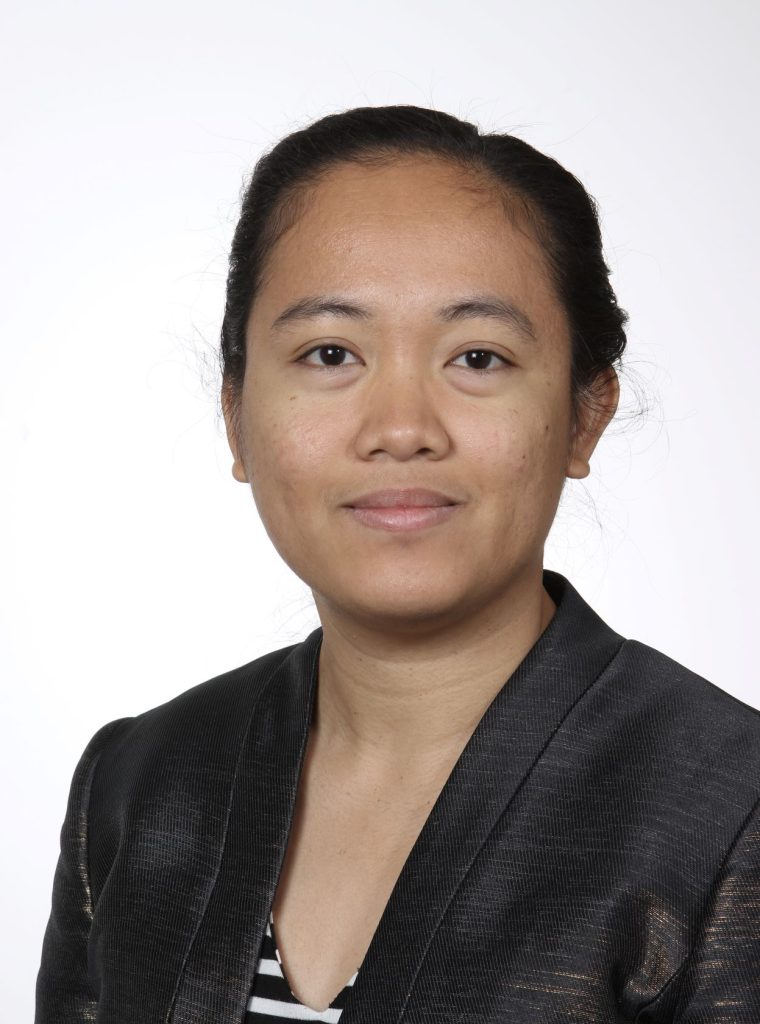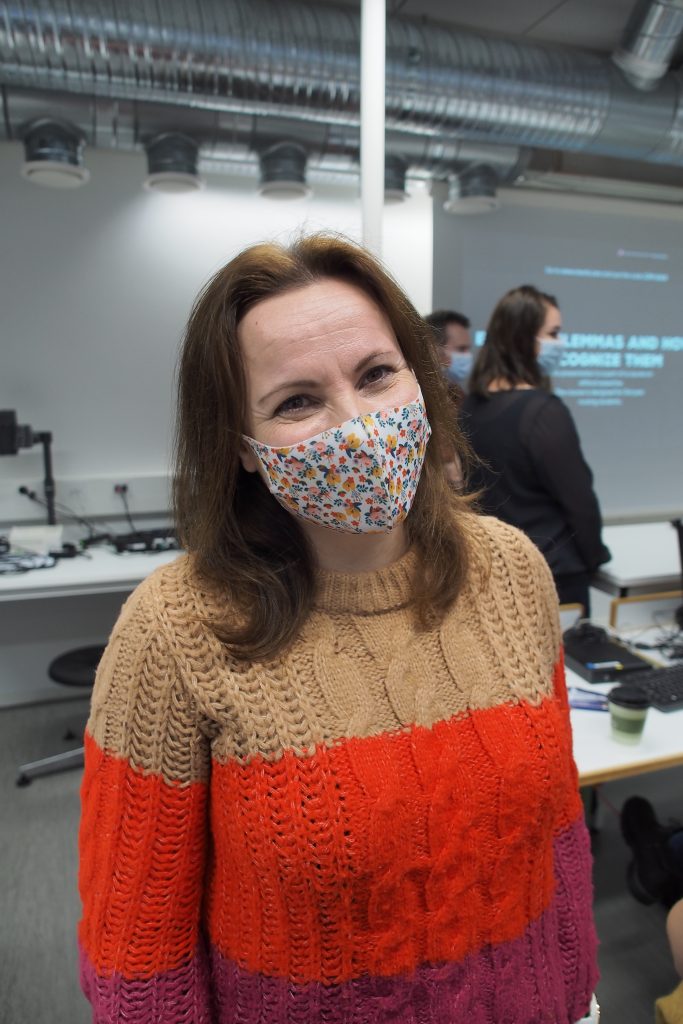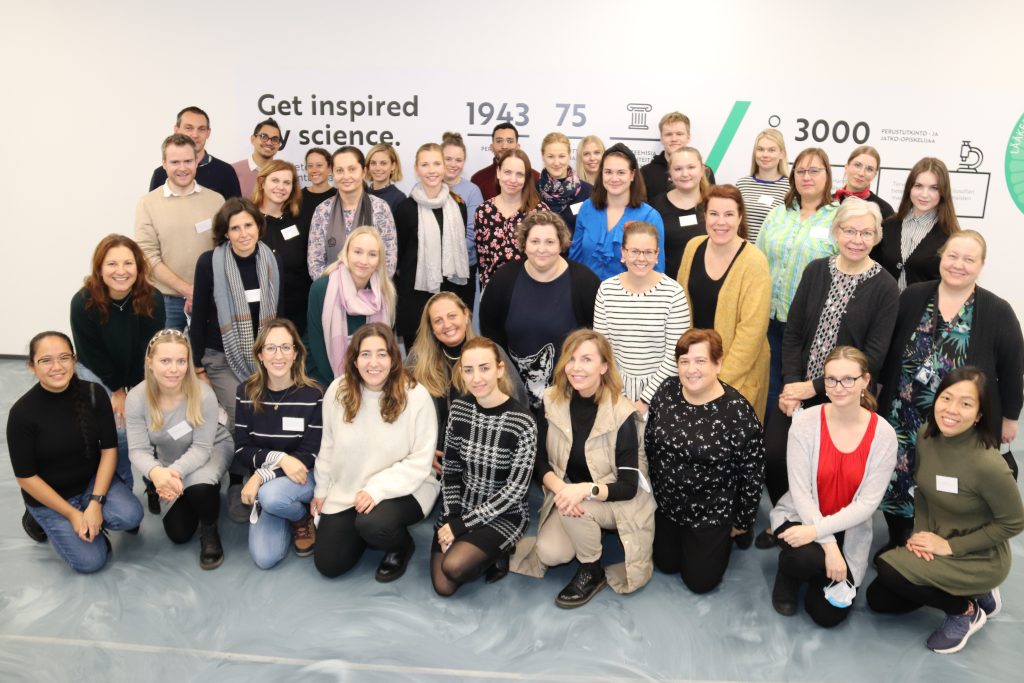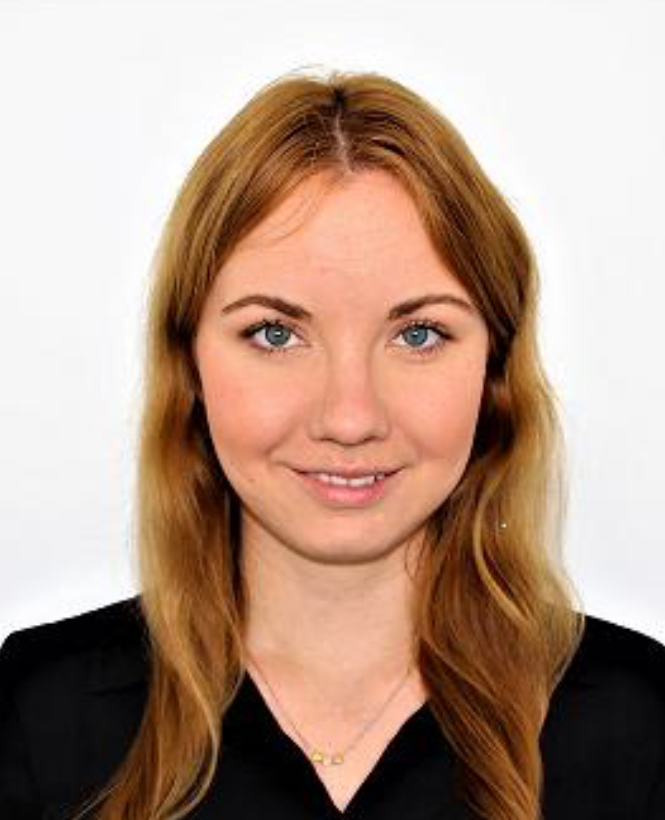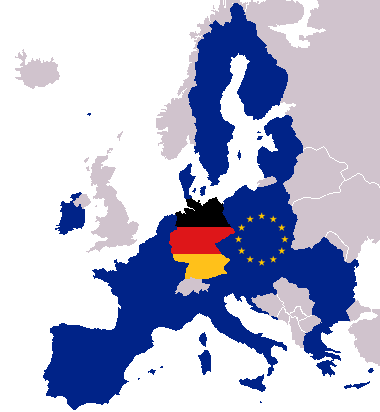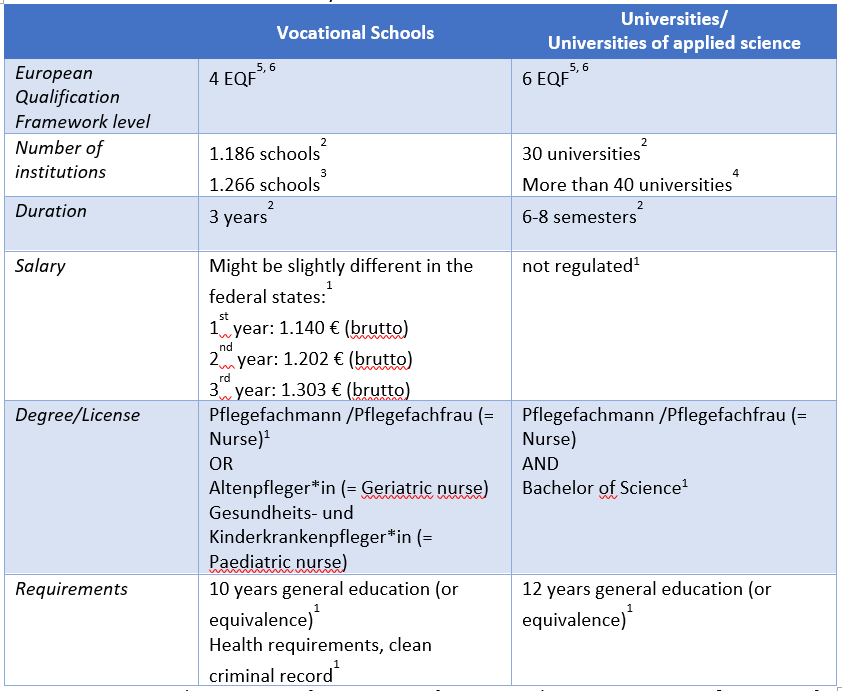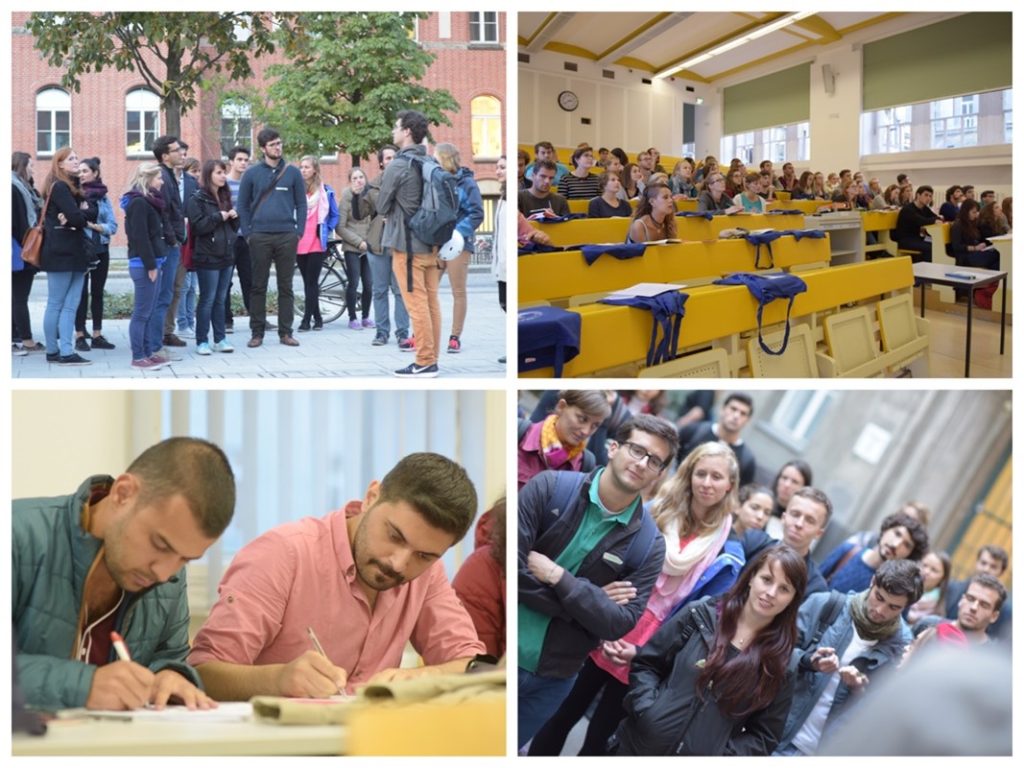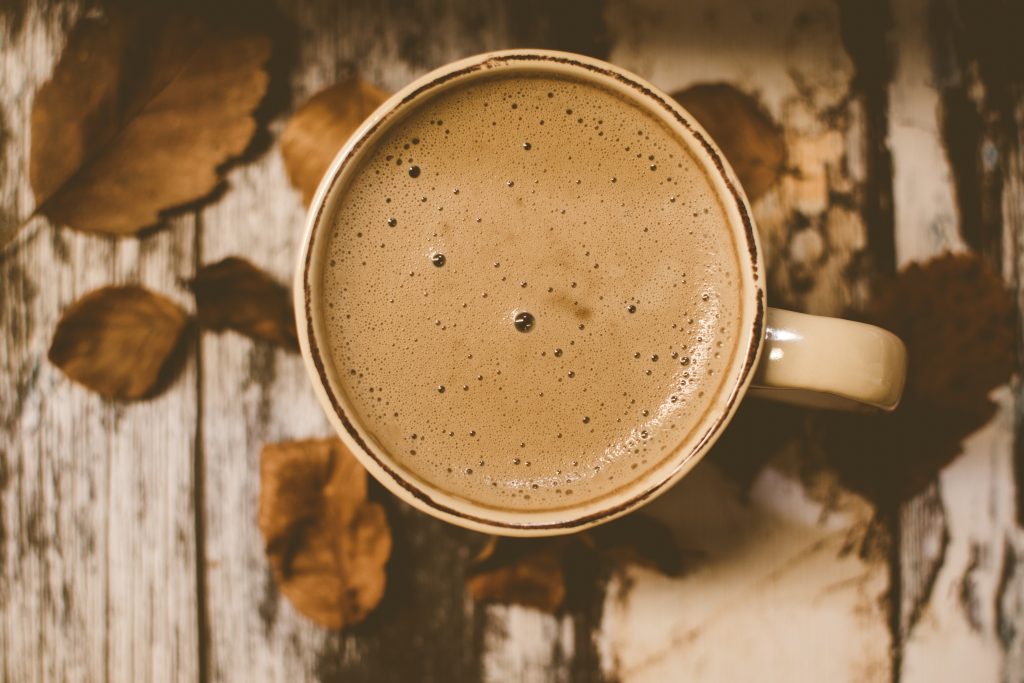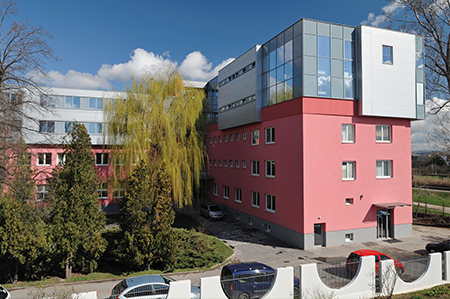The authors are: Dana Zrubcová, Andrea Solgajová, Ľuboslava Pavelová
Constantine the Philosopher University in Nitra, Slovakia
Contemporary society places high demands on abilities of individuals to work effectively with new information and information resources. Development of science and technology, fast pace in development of new technologies penetrates all areas and is becoming a part of our everyday life. Based on these dynamic changes in society, the necessity of fundamental change in the education system is crucial. Innovative education of nurses is the fundamental source of development in the field, quality of provided care and the patient’s satisfaction with the care provided. Mutual international cooperation and mobility of not only nurses but also the educators point out to the need of significant change in the education of nurses in Slovakia. Changing the traditional way of education as well as implementing the new and modern concept of teaching, plays the key role in the education of nurses in Slovakia.
One of the innovative methods is mobile learning, which is making learning outside of geographical barriers and time constrains possible. It ensures that students have access to various educational materials, with various context with different cultural and environmental cues that are necessary to understand the content. It also facilitates social interaction between students and teachers through mobile applications such as text messaging or tools for student reactions, assessment, and feedback from students. The necessity of implementing mobile education was also indicated by the pandemic situation, because of which it was necessary to move part of the teaching to the online space.
The advances of information technologies, such as mobile apps, offer attractive possibilities for designing more effective learning materials in multimedia environments that may encourage individualized learning and enable efficiency gains for learning achievement (Strandell-Laine et al., 2018).
The mobile apps provide an interactive and individualized opportunity to practice instructional procedures. The virtual reality, designed as structured learning experiences, can replicate high-risk clinical experiences for nursing students to practice skills repeatedly without putting patients at risk (Nielsen et al., 2020).
We see the implementation of simulation methods in the teaching process as an important teaching strategy for improving the quality of education of nurses. The use of simulation methods in teaching is attractive for students. It creates a space to apply theoretical knowledge and practical skills, develops students’ critical thinking and at the same time gives space for immediate feedback and teacher’s response. The simulation of real clinical cases improves mutual communication and enables practicing cooperation in a multidisciplinary team. Repeated opportunities to practice solving a clinical situation in a safe environment, creates space for learning and increases student confidence.
Another area in nurse education that requires change is the implementation of evidence-based teaching strategies. Most important is to apply this concept to the nurse education properly. To educate nurses, it is crucial to respect the four essential elements using evidence-based nursing: evidence, professional judgment, client values, and resource issues. In the current concept of nursers’ education, the prior focus is on promoting critical thinking and evidence-based teaching.
The main aim is to incorporate critical thinking and the concept of evidence-based teaching into teaching of future nurses how to make clinical decisions based on best and reliable evidence. When starting a work practice it is expected in nurses to provide nursing care as well as to be able to justify the reason for their choices and decisions. When making decisions in real life, nurses need critical thinking skills to generate alternatives and use evidence to select the best alternative to achieve specific client outcomes (Ferguson & Day, 2005).
Teaching research and conducting discussions about the credibility of evidence supported by research, is essential to gain the ability to implement evidence-based nursing in practice. Working with scientific databases represents yet another challenge for students of nursing. The support of the educators is particularly crucial at this point. The educator should play the role of a leader, give support, and encourage students to search evidence and find the best possible procedures in care. Part of the evidence-based nursing and nurse education is the acceptance of clients’ values, i.e., holistic care.
Finally, it is also the role of the nurse educator to guide students to be able to make clinical decisions based on resource allocation. After the introduction of the concept of evidence-based nursing and the need to teach future nurses to provide evidence-based nursing care, the question of the provided conditions and facilities for evidence-based nursing care education was raised. What is the acquired knowledge of the educators regarding the concept of evidence-based practice in education? Are these principles applied when curricula and strategies are created for the education of nurses based on the best possible evidence? Do educators use clinical judgment in adopting or adapting recommended practices according to specific situations, curricula, or students? Are students’ values taken into consideration when developing and implementing curriculum and strategies? Are educators considering the implications of applied evidence in education?
Nurse educators need to be trained to understand the benefits of the strategy and their potential impact on knowledge acquisition, such as critical thinking, decision making, and competencies that are essential for today’s nursing students (Breytenbach, ten Ham-Baloyi & Jordan, 2017). Terms and conditions in Slovakia suggest that it is necessary to retrain our educators in the concept of evidence-based education through workshops and/or compulsory training modules. Currently, there is a tendency to use the traditional way of education.
However, the new generation of students needs an innovative, trendy approach. Among other things, the overall population of students of nursing is becoming more and more diverse regarding cultural, social or value differences. It is also necessary to consider the generation gap between students and educators as a factor influencing the educational process. Promoting interaction between educators and students is essential and makes the process more effective and better. Nurse educators need to be urged to pay more attention to the process of assessment and the results in their education.
At the same time, the world is rapidly changing, including advances in science and technology, which points out to increasing demand in the education of future nurses regarding digital skills and competencies. Nursing students’ development is not only the basis for an effective digital transformation in education, but also boosts the graduates’ profile, and the graduate will be able to get involved in society successfully. It is important to incorporate digital learning technologies into education; social media into healthcare as well as simulation and mobile technology; and creation and evaluation of educational material. As an example, interesting models in education of nurses are social media such as blogs, Twitter, Instagram, Facebook, YouTube, Redit, Khan Academy, Pantoon, Canva, Mentimeter, Quizzis, Speaker, Flipgrit or games where they need to provide healthcare and improve their critical reflection, decision making skills, dialogue, and self-efficacy. International collaboration is essential for the digital transformation of nursing education.
At present, Slovakia and other European countries are struggling due to significant lack of nurses. The current situation creates constant pressure to increase the number of nurse graduates therefor the change in the education of nurses is a must. Let’s all support evidence-based nurse education together, so that the myth of ‘evidence-based practice’ becomes a reality under our own terms and conditions.
References
Breytenbach, C., ten Ham-Baloyi, W., & Jordan, P. J. (2017). An Integrative Literature Review of Evidence-Based Teaching Strategies for Nurse Educators. Nursing Education Perspectives, 38(4), 193-197. doi: 10.1097/01.NEP.0000000000000181
Draft Digital Transformation of Education Program in Slovakia and Action Plan for the period 2021-2024 Output from the national project “IT Academy – Education for the 21st Century”, Program_DT_vzdelavania_navrh_20201016-1.pdf
Ferguson, L., & Day, R. A. (2005). Evidence-based nursing education: Myth or reality? Journal of Nursing Education, 44(3), 107-115. doi:https://doi.org/10.3928/01484834-20050301-03
Nielsen, C. A. B., Lönn, L., Konge, L., & Taudorf, M. (2020). Simulation-based virtual-reality patient-specific rehearsal prior to endovascular procedures: A systematic review. Diagnostics, 10(7), 500.
Strandell‐Laine, C., Saarikoski, M., Löyttyniemi, E., Meretoja, R., Salminen, L., & Leino‐Kilpi, H. (2018). Effectiveness of mobile cooperation intervention on students’ clinical learning outcomes: A randomized controlled trial. Journal of advanced nursing, 74(6), 1319-1331.
